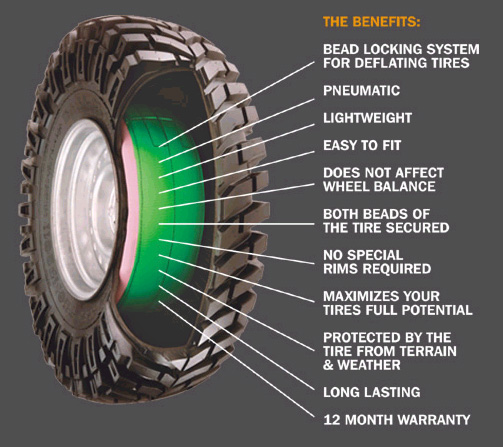06/21/2021auto repair 21108 Millersville, Maintenance, Suspension, Tires, alignment, mechanic, Mechanic Near Me, tires
Make a point to check your tire pressure regularly. Even though many newer cars have tire pressure sensors, it’s still a good idea to check the pressure every few weeks with a pressure gauge. Sensors can go bad, or sometimes your tire pressure is within tolerance, so you won’t know if the pressure has changed.
Checking it regularly gives you the opportunity to:
Under inflated tires can lower your gas mileage by about .2% for every one (1) psi drop in the average pressure of each tire. When properly inflated, your tires last longer and are safer from unexpected blow-outs.
You can locate the proper tire pressure guidelines for your specific tires in your car’s owner manual or on the label in the door jam. Tires have a maximum tire pressure printed on the sidewall too, but that shouldn’t be used as the guide to fill the tire. It’s meant as a safety guide and the tire maximum tire pressure rating. Give us a call or schedule online for trusted auto repairs in Millersville 21108.
⟵⟶
07/21/2021
There is not a single driver among us who would not prefer to spend less money at the fuel pump. People are becoming more aware of the many simple and cost effective ways that they can improve their fuel economy. However, what do you say to people who are already familiar with the basics? Fortunately, there are many little known ways that you can improve your gas mileage.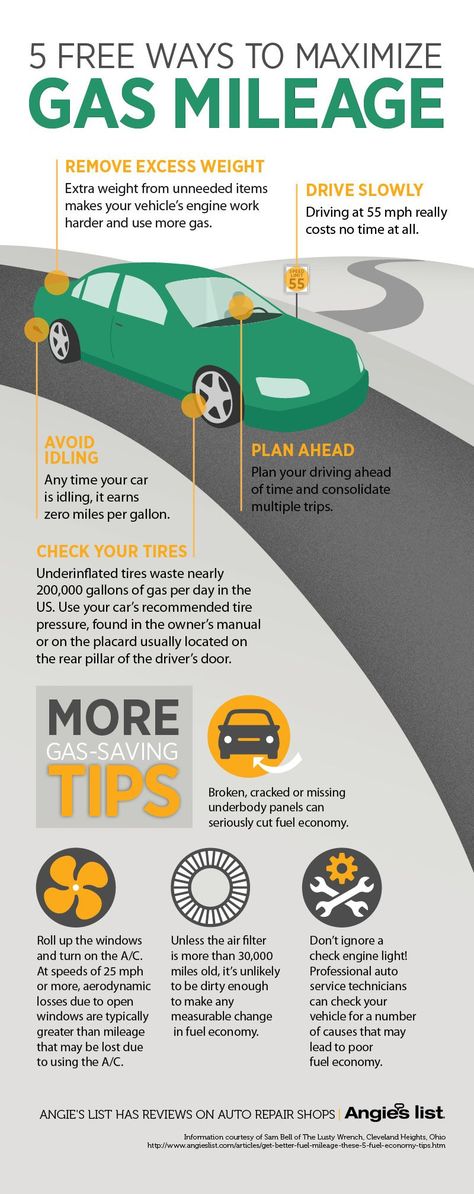 Auto Repair 21108Just about everyone knows that if you want to save gas, you need to drive slower. Aft
Auto Repair 21108Just about everyone knows that if you want to save gas, you need to drive slower. Aft
Read More
06/07/2021
Your car’s ABS (Anti-lock Braking System) shares some systems with the cars traction control system. If the ABS light comes on, there’s a malfunction in the braking or traction control system. For your safety, you should have it checked immediately. Some reasons the light may come on include: Broken wheel speed sensorLow brake fluidThe ABS module is malfunctioningIssues with the traction control systemSystem has been turned offOur professional staff of auto technicians are trained to find and re
Read More
05/24/2021
You hear your car making noises, and then your car begins slowing down. You pull to the shoulder of the road to realize that you’ve run out of gas. You were probably in a hurry and just didn’t look at the gauge like you would normally do. It’s probably happened to us all at least once, but what happens to your car when you run out of fuel? As your tank becomes low on fuel your car’s fuel pump, which is in the gas tank in many newer model cars, begins to pull fuel from the bottom of the tank,
It’s probably happened to us all at least once, but what happens to your car when you run out of fuel? As your tank becomes low on fuel your car’s fuel pump, which is in the gas tank in many newer model cars, begins to pull fuel from the bottom of the tank,
Read More
When shopping for a car, the phrase “fuel economy” will come up a lot. Fuel economy is the rate you burn gasoline to make your car run. Using less fuel is always your goal, as you'll spend less and keep your carbon footprint lower. Whether you’re a commuter, business owner, or fleet manager, fuel economy deserves your attention.
Fortunately, you don't have to buy a new car to improve your fuel economy. Maintaining your tires with the correct air pressure can also make a difference. Here's what you need to know.
Fuel economy often depends on reducing resistance so your car can move more easily.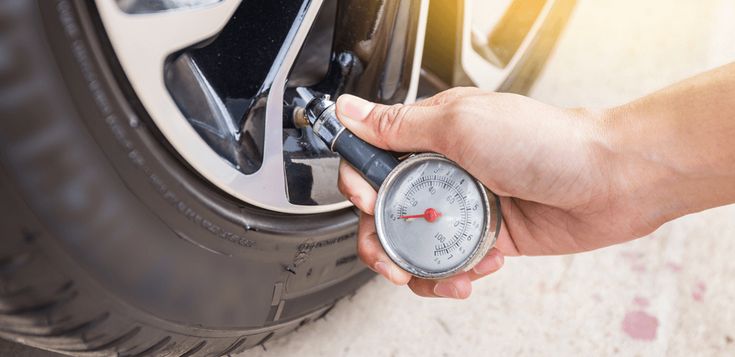 If your tires aren't inflated to the proper tire pressure, they are saggy and soft. The softer your tires are, the more rolling resistance there is between the road and the rubber, and the harder your engine will have to work to move your car. When your engine works harder, you burn more fuel — and spend more money to get where you're going.
If your tires aren't inflated to the proper tire pressure, they are saggy and soft. The softer your tires are, the more rolling resistance there is between the road and the rubber, and the harder your engine will have to work to move your car. When your engine works harder, you burn more fuel — and spend more money to get where you're going.
According to the U.S. Department of Energy, keeping your car tires at the recommended pressure can improve your gas mileage by up to 3%. In a season where gas prices hit $4.00 per gallon, that results in a savings of $2.40 every time you fill up a 20-gallon tank. If you fuel up once per week, that's an annual savings of almost $125.
It's also worth noting that underinflated tires are also a safety issue. They can lead to longer stopping distances, poor handling, and dangerous blowouts on the road.
First, you'll want to keep your tires properly inflated.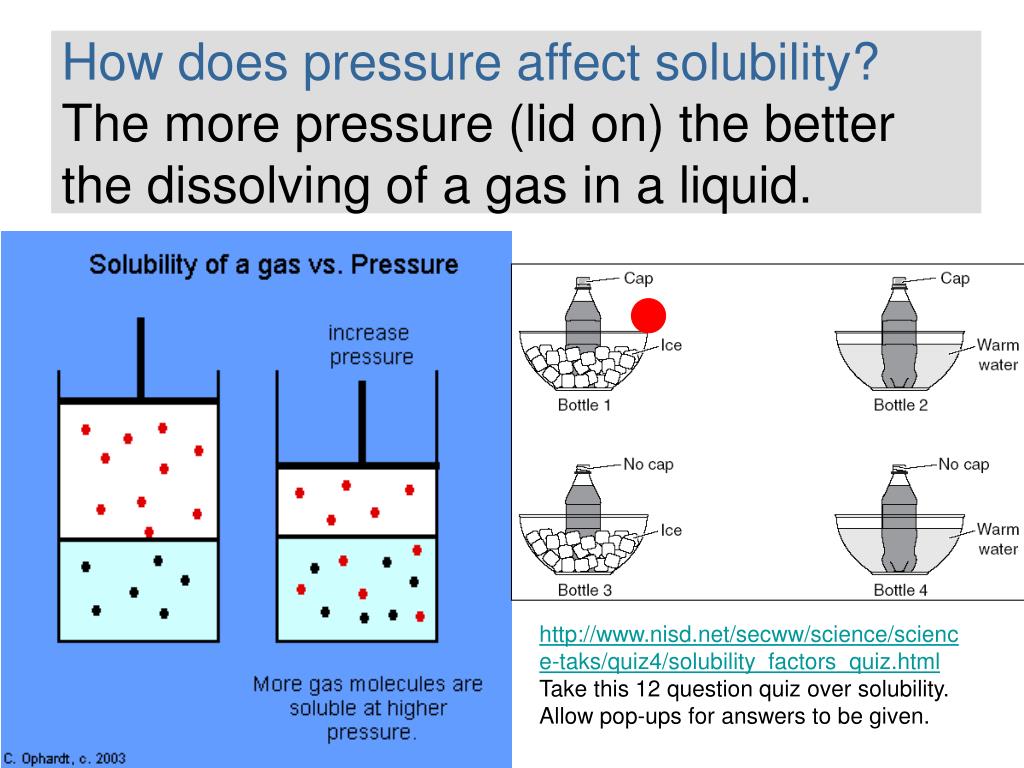 This is a Goldilocks situation: you don't want too much air or too little, but just the right amount. Information on recommended tire pressure can be found on a sticker in the driver’s side door jamb or in your owner's manual.
This is a Goldilocks situation: you don't want too much air or too little, but just the right amount. Information on recommended tire pressure can be found on a sticker in the driver’s side door jamb or in your owner's manual.
Once you know the correct pressure, use a tire gauge to measure your tires' PSI. If the number is incorrect, add or release air as needed to get the to the correct pressure. Most gas stations offer free air for tire inflation if you don't have a pump of your own.
Rotating your tires is another way to keep your money in your wallet. Rotating tires approximately twice a year, or as often as specified in your car’s manual, will help spread tread evenly among all four wheels. This helps your tires last longer and, more importantly, ensures higher-quality rides and better car safety. Buying tires from places that offer free lifetime rotations can help make the rotation process inexpensive and hassle-free.
Wheel alignment consists of adjusting the angles of the wheels so that they are set to the car maker’s specifications. The purpose of these adjustments is to reduce tire wear and to ensure that vehicle travel is straight and true, without “pulling” to one side.
Improper wheel alignment can affect driving performance and put pressure on one tire, causing uneven and potentially dangerous wear. When your alignment is correct, it decreases rolling resistance, which increases your gas mileage.
Finally, remember that no tire lasts forever. When the treads wear down, you'll lose fuel economy as well as traction, which can lead to skids and poor braking. To know when to replace your tires, insert a penny between treads. If your tires don't reach the top of Lincoln's head, you need new ones.
Did you know that driver's ed courses are about more than just traffic laws? You can also learn important information about safety and basic car maintenance facts to make sure you're ready to hit the road with everything you need. Check out your online course options at DriversEd.com today.
Check out your online course options at DriversEd.com today.
In the US, vehicle manufacturers are required to produce cars with a certain average fuel consumption.
So, for example, according to CAFE (Corporate Average Fuel Economy), for 2009 the following norms per 1 gallon were determined (US gallon for gasoline or oil is 3.785 liters):
If a new car consumes too much fuel, the manufacturer can be heavily fined. However, consumption depends not only on the design of the vehicle. There are many objective reasons, which, however, affect trucks more than cars. These include body workload, vehicle aerodynamics, driving style, front wheel alignment, and tire condition.
Tire condition seriously affects the fuel consumption of a car. If they are under-inflated, the wheels resist rolling, which increases fuel consumption.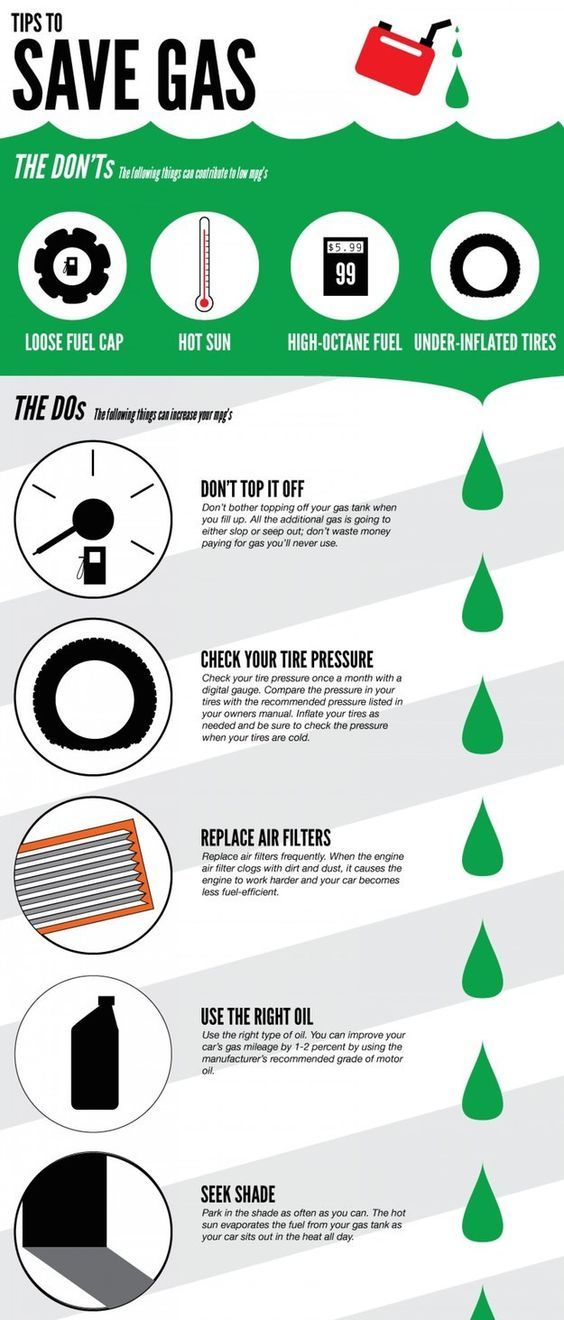 In addition, the tread will wear more at the edges. Kenworth employees have determined that it is enough to reduce this resistance by only 3% to get 1% savings in fuel consumption of a car.
In addition, the tread will wear more at the edges. Kenworth employees have determined that it is enough to reduce this resistance by only 3% to get 1% savings in fuel consumption of a car.
If the tires are overinflated, there will be increased tread wear in its middle part. The contact patch of rubber with asphalt will decrease, and hence the stability of the car when cornering. The wheel will become more rigid and will not be able to perform one of its main functions - shock absorption. Because of this, the suspension will fail prematurely. Not to mention the discomfort while driving.
Based on all of the above, tire pressure control is very important and should never be neglected. Therefore, one of the American industrial standards has become precisely the Tire Pressure Monitoring System - systems that monitor tire pressure indicators. For buses, trucks and cars, they are mandatory.
These systems may be of direct or indirect control. In the first case, everything is simple. A sensor is mounted inside the chamber, which measures the pressure and gives a signal if it falls below the limit level. In the second, using a special sensor on the ABS (anti-lock braking system), the angular speed of rotation of the wheel is analyzed - and compared with other wheels.
A sensor is mounted inside the chamber, which measures the pressure and gives a signal if it falls below the limit level. In the second, using a special sensor on the ABS (anti-lock braking system), the angular speed of rotation of the wheel is analyzed - and compared with other wheels.
If the speed differs by one mile, a fault signal is sent to the on-board computer. This option, however, has a significant drawback. If all four wheels are equally flat, the computer will not notice this and the driver will not receive warning information.
The next natural step, after recording the low tire data, is to restore normal parameters. That is, swap. Leading manufacturers have already developed systems that can do this automatically. Among them are TIREMAXX from Hendrickson, designed for trucks and semi-trailers. ATIS (Meritor) takes compressed air from the pneumatic system of the semi-trailer to inflate tires while driving.
There is also an option to prevent air leakage and tire temperature increase. And in the VIS-Nitro system, tires are generally filled with nitrogen. According to the company's employees, this gas is more efficient than air. It holds pressure better, is less thermally conductive, and reduces rim corrosion, resulting in a longer wheel life.
And in the VIS-Nitro system, tires are generally filled with nitrogen. According to the company's employees, this gas is more efficient than air. It holds pressure better, is less thermally conductive, and reduces rim corrosion, resulting in a longer wheel life.
Regular monitoring of tire pressure is not only about saving fuel and uniform wear of the tread, but also about driving safety. It is enough to pump them over - and any turn may be the last.
Search for "fuel consumption vs tire pressure" in the information materials and forum
Many motorists in the current environment of high fuel costs are doing everything possible to reduce the consumption of an expensive resource of energy. Many of the tips that are available in free sources of information do not work, but only force drivers to impose certain restrictions on their trip.
One of the most effective ways to keep more fuel in the tank is to keep your tires at the correct pressure. Each car has its own ideal indicators. They can be found in the instructions or read the comments of experienced drivers on various forums. Consider how tire pressure can affect fuel consumption.
To begin with, even the type of rubber can affect consumption figures. The main criterion for the operation of an automobile wheel is rolling, that is, free running. The more the car can coast, the less resistance is created when driving. Of course, this affects consumption and engine wear. The power unit delivers an order of magnitude less work to accelerate a car with a large free wheeling.
Many motorists have noticed that the use of good tires in winter not only increases driving comfort and safety, but also affects consumption rates. So, the main features of the relationship between fuel consumption and tire pressure are as follows:
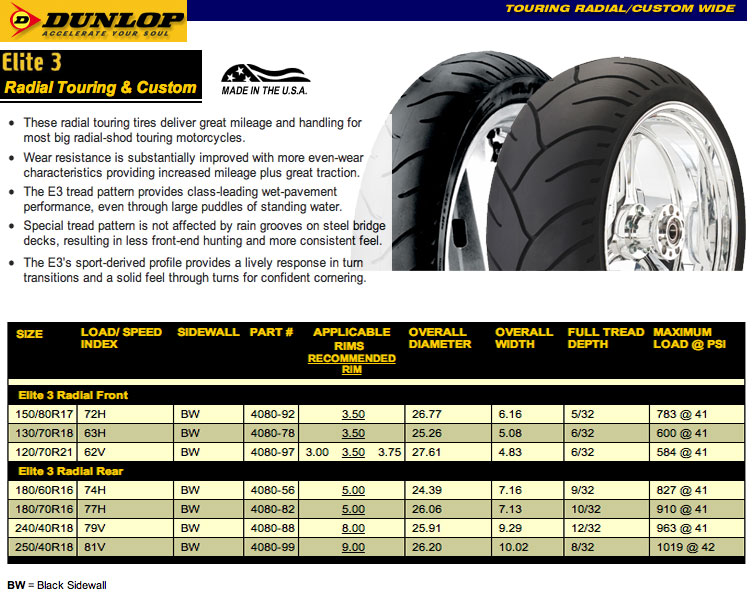
As you can see, all the advantages of correctly inflated wheels are associated with less resistance. All of these features mean better rolling and less braking. It is easy to understand that such indicators really affect the fuel consumption of your car.
We have already established that properly inflated tires can save you a certain amount of fuel. It remains only to determine how much of a valuable energy resource can be left in the tank, providing optimal pressure.
Many studies in this aspect allow us to assume average savings and determine the main criteria that affect the change in machine overrun. The basic information on efficiency is as follows:
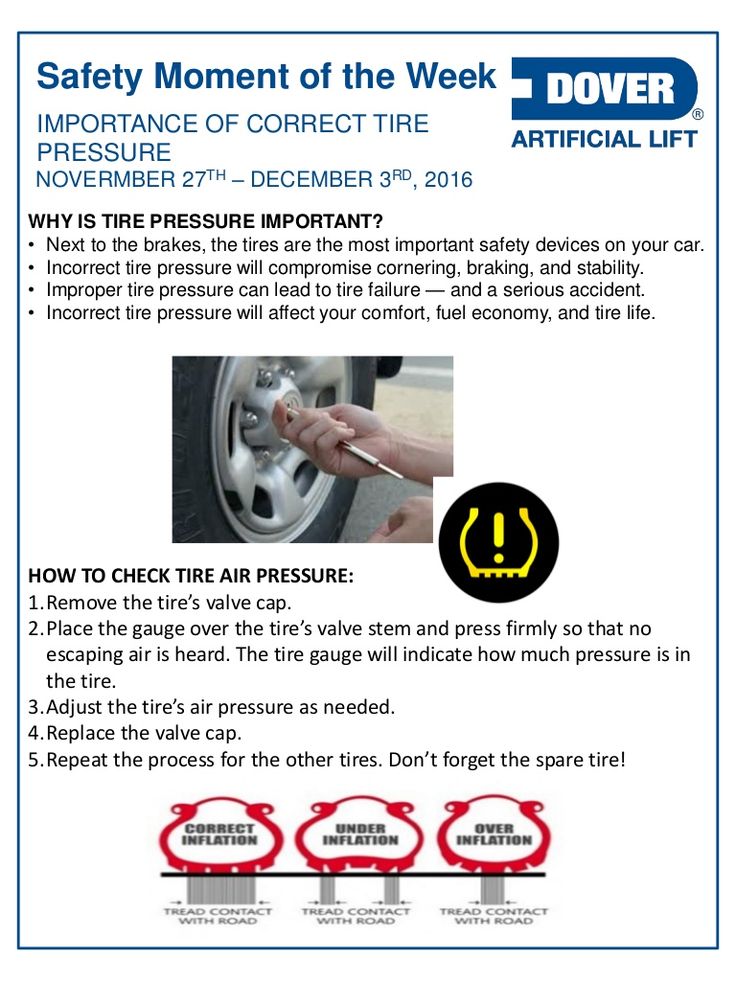
As you can see, the indicators are progressing. The exact amount of gasoline saved can be calculated taking into account many other factors. For example, the mass of the car is important, the number of wheels and uniform deviations in pressure also matter.
You may have noticed that with one flat tire, the car starts to change its trajectory. This means that the forces that the engine transmits are not distributed correctly. With such a picture, the consumption can increase significantly.
Many tips from experts will help you reduce fuel consumption in your car. But tire pressure is the simplest way to save money. Buy a small pressure gauge and check your car's tires regularly.
You can also visit the tire fitting stations more often, where experts will determine and correct tire pressure to the nearest hundredth of the atmosphere. Remember that pressure can change not only from a punctured tire, but even from changes in temperature.